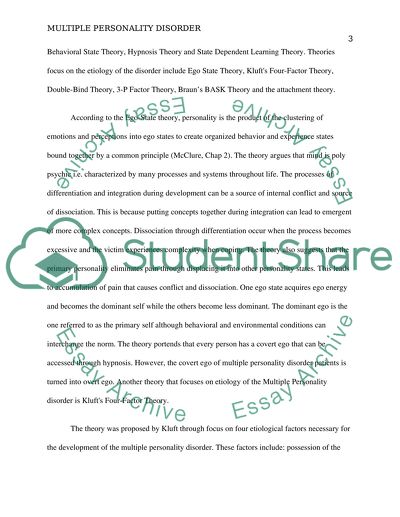Cite this document
(“Multiple personality disorder Essay Example | Topics and Well Written Essays - 2750 words”, n.d.)
Retrieved from https://studentshare.org/psychology/1401843-multiple-personality-disorder
Retrieved from https://studentshare.org/psychology/1401843-multiple-personality-disorder
(Multiple Personality Disorder Essay Example | Topics and Well Written Essays - 2750 Words)
https://studentshare.org/psychology/1401843-multiple-personality-disorder.
https://studentshare.org/psychology/1401843-multiple-personality-disorder.
“Multiple Personality Disorder Essay Example | Topics and Well Written Essays - 2750 Words”, n.d. https://studentshare.org/psychology/1401843-multiple-personality-disorder.


